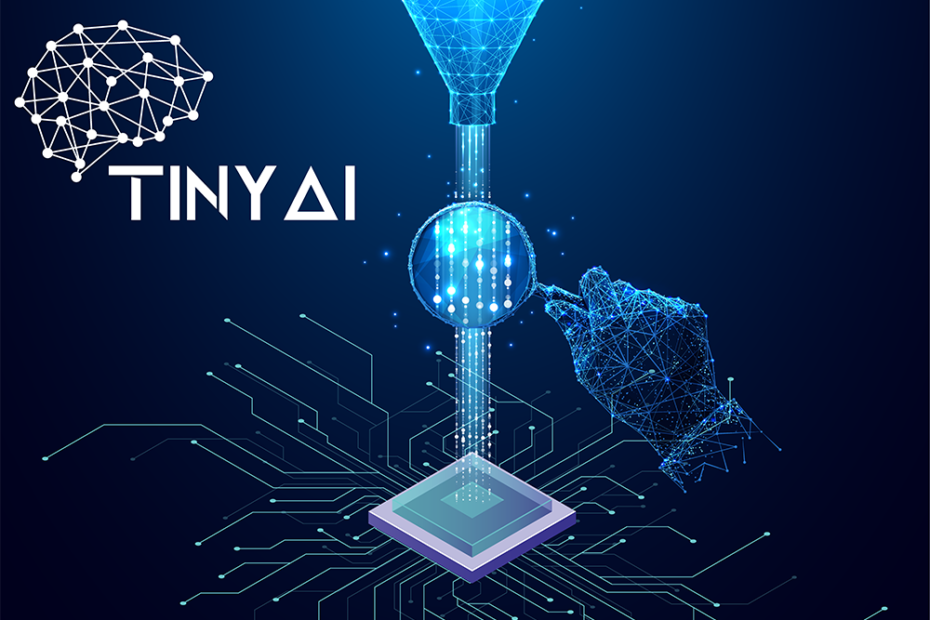I’m excited to announce that my latest research article, Shrinking the Giants: Paving the Way for TinyAI, has not only been published in Device but also graces the cover of the issue! In this work, I delve into the exciting world of TinyAI, where we’re pushing the boundaries of what’s possible by compressing and accelerating AI models to make them fit into edge devices like IoT gadgets and wearables.
In today’s AI landscape, there’s a growing divide between two schools of thought. On one side, there are those who champion the development of huge models with billions of parameters, believing that sheer size equates to power and capability. On the other side, we find the proponents of TinyAI—those who argue that the number of parameters is irrelevant and that smaller, more efficient models are the future.
In my view, these two approaches are not mutually exclusive but are rather two sides of the same coin. Large models push the boundaries of what AI can achieve, pioneering new architectures and techniques that eventually trickle down and inform the development of smaller, more efficient models. TinyAI builds on these advancements, making powerful AI accessible on a broader scale and in more practical, real-world applications. Together, they represent a continuum of innovation, each driving the other forward.
However, as we advance in developing both large AI models and TinyAI, it’s crucial to do so ethically. This means ensuring transparency, fairness, accountability, explainability, and privacy in AI systems. By prioritizing these principles, we can harness AI’s transformative power while minimizing risks and ensuring that it benefits all segments of society.
In my article, I explore the interplay between large AI models and TinyAI by discussing key compression and acceleration techniques such as knowledge distillation, pruning, fusion, and quantization that make TinyAI possible. I also delve into the hardware innovations that are enabling these smaller models to flourish, such as neuromorphic chips and FPGAs.
As AI continues to weave itself into the fabric of our daily lives, I believe that the future lies in harmonizing these two approaches. TinyAI has the potential to democratize access to cutting-edge machine and deep learning models, making them not only accessible but also energy-efficient and responsive.
You can read the full article here.
